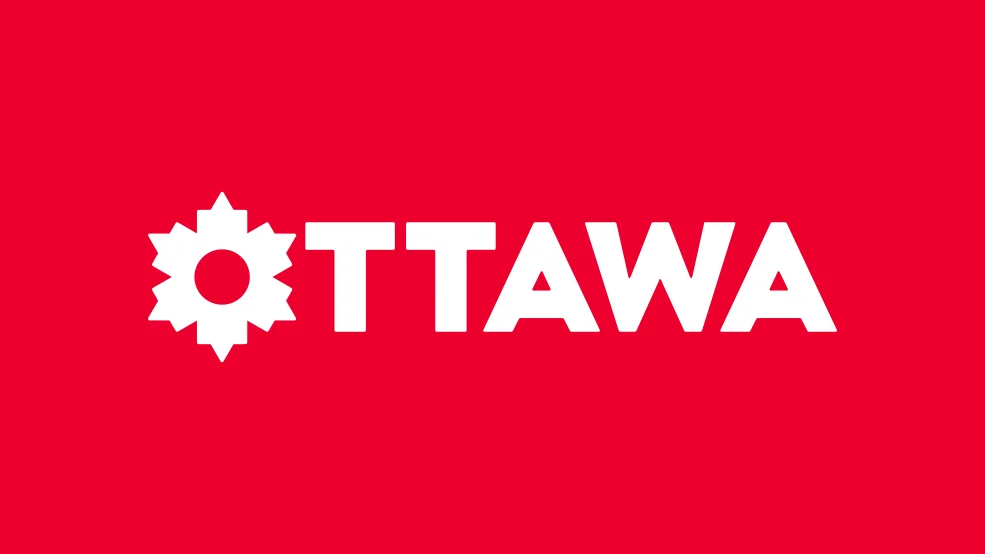Ottawa Tourism launched its new Virtually Ottawa platform on March 30, 2021 at an online event that included a keynote address by Keith Still, Professor of Crowd Science at the University of Suffolk. Dr. Still is considered a foremost authority in this field, with decades of experience as an expert witness and consultant for all levels of government in countries around the world.
He spoke about the science and tools used to effectively assess and manage risk around events and how COVID-19 has already changed and will continue to affect events and crowd situations going forward.
What is crowd science?
Crowd science encompasses how, where, when, and why crowds form and move. It examines not only the setup of physical spaces, but also how to make people behave in the right ways within those spaces.
Crowd science also seeks to understand the causes of crowd accidents and incidents. With any incident, there are proximate causes (things that contribute to negative outcomes) but only one underlying cause (what Dr. Still calls distal causality), which must be addressed to prevent similar incidents in future. Based on 150 years of data, the cause of a large majority of crowd accidents is some aspect of site design. Dr. Still suggested using a risk model matrix (such as the DIM–ICE model) to help determine and reduce risk in an event space.
Understanding the risks
Dr. Still noted that humans are bad at assessing risk, mainly due to conditional bias: if a person takes a risk and nothing bad happens, they assume nothing bad will ever happen, and their risk appetite and tolerance increase, even though the odds of a negative outcome have not changed. We have seen this come into play during the COVID-19 pandemic, where people who have not gotten sick despite risk-taking behaviour assume that they will not get sick, when in fact their risk remains the same or even increases.
Therefore, it’s important for planners and event managers to fully understand the probability of danger and the potential consequences related to COVID-19, since attendees may not. Fortunately, the types of risks are the same across events, so if you understand geometry, layout, how to influence crowd behaviour, and crowd management principles, you can mitigate and minimize risks.
What lies ahead?
New design criteria will be needed for the post-COVID era, because existing buildings and public spaces were not built to accommodate social/physical distancing. So how do we adapt risk analysis tools for these new environments?
Event managers and planners should be building risk assessment models for three possible post-COVID scenarios:
- People may not want to attend large events anymore;
- People may return to events, but will remain very cautious about their environment and the risk of infection;
- Events see massive, record-setting attendance due to pent-up demand.
Dr. Still also acknowledged that people’s behaviours have changed permanently, and so has the world around us. For this reason, it may take a long time for something resembling pre-pandemic life to return, and we don’t know what it will truly look like. In this transitional time period where vaccination is in progress but infection is still widespread, he says it’s essential to understand the mechanisms of transmission and mitigate them as much as possible through mask-wearing and ventilation. Until everyone is vaccinated, things will not be safe.
Ultimately, risk assessment philosophy needs to change and planners will need to upskill, both to prevent liability and to bring the crowds back to their events. It will be essential to demonstrate that all reasonable care and precautions have been taken. “We’ve always done it this way” won’t apply anymore. To succeed and remain competitive, it will be important to clearly communicate and make sure people know they will be safe at your event.





